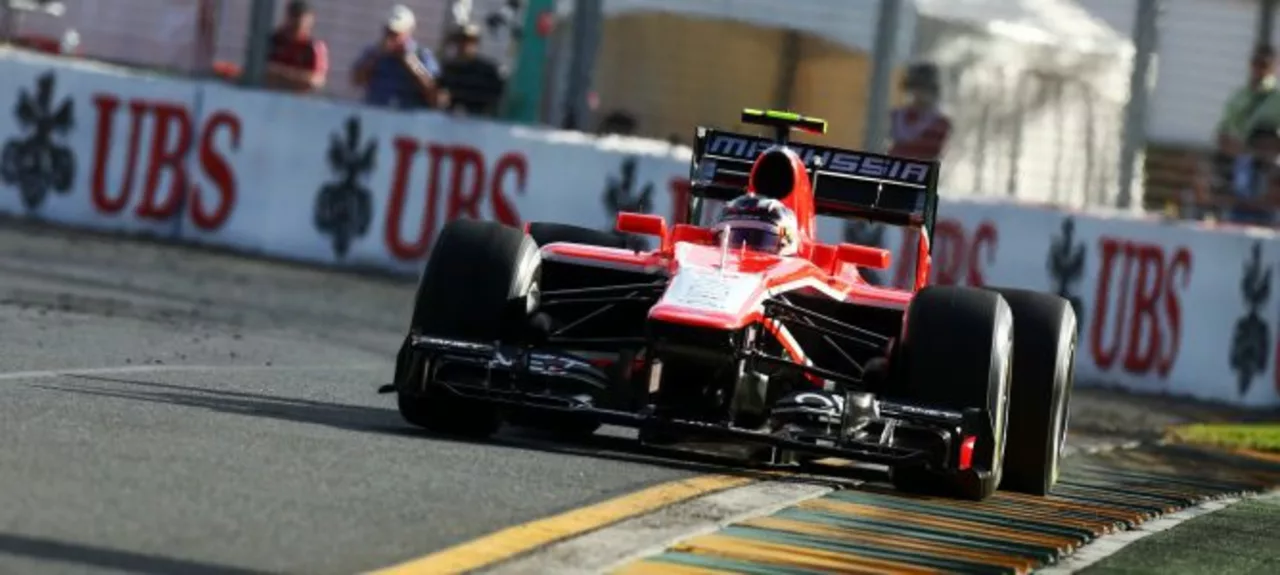
History of American Drivers in Formula One
It is no secret that American drivers have had limited success in Formula One throughout its rich history. To understand why this is the case, it's important to take a look back at the past achievements and challenges faced by American drivers in this elite racing series. In the early days of Formula One, American drivers such as Phil Hill and Dan Gurney were quite successful, with Hill even winning the 1961 World Championship. However, their success was short-lived, and as the years went by, the presence of American drivers in Formula One dwindled.
Some of the reasons behind this decline include the rise of other racing series like NASCAR and IndyCar in the United States, which offered American drivers more opportunities for success and fame. Additionally, the high costs associated with competing in Formula One made it difficult for American drivers to secure the necessary funding to participate in the sport. As a result, many talented American drivers opted for other racing series that were more accessible and affordable.
The Challenge of Developing Formula One Talent in the US
One of the key factors contributing to the lack of American success in Formula One is the difficulty in developing and nurturing young racing talent in the United States. Unlike Europe, where Formula One is widely popular and has a well-established ladder system for young drivers to progress through the ranks, the United States lacks a clear pathway for aspiring racers to reach the pinnacle of motorsport.
Most American racing series, such as NASCAR and IndyCar, utilize different types of cars and racing formats than Formula One, making it challenging for young drivers to acquire the necessary skills and experience to succeed in F1. Moreover, the absence of a strong Formula One fan base in the US means that there is less incentive for young drivers to pursue a career in the sport, as they are less likely to receive the necessary financial backing and support.
Formula One's Popularity in the United States
Another factor contributing to the lack of American success in Formula One is the sport's limited popularity in the United States. While racing is undoubtedly a popular pastime in the US, with NASCAR and IndyCar enjoying a large and dedicated fan base, Formula One has struggled to captivate American audiences in the same way.
There are various reasons for this, including the fact that Formula One races are often held in distant time zones, making it difficult for American fans to watch them live. Additionally, the lack of American drivers, teams, and circuits has made it harder for the sport to gain traction among US viewers. As a result, Formula One remains a niche interest in the United States, with many potential fans and sponsors opting to support more popular and accessible racing series instead.
Formula One's European Roots and Bias
It's worth noting that Formula One has historically been a predominantly European sport, with the majority of teams, drivers, and races based on the continent. This European-centric focus has created a natural bias towards European drivers and teams, making it more difficult for American drivers to break into the sport and achieve success.
Many of the top Formula One teams are headquartered in Europe, which means that they are more likely to scout and develop talent from their own backyard. Furthermore, the European racing culture is deeply ingrained in Formula One, with many of the sport's traditions, regulations, and practices favoring those with prior experience and connections in the European racing scene. This has created a significant barrier for American drivers attempting to enter and succeed in Formula One.
What Can Be Done to Improve American Success in Formula One?
Given the various challenges outlined above, it's clear that there is no simple solution to improving American success in Formula One. However, there are several steps that can be taken to help create a more level playing field and increase the chances of American drivers succeeding in the sport.
First and foremost, there needs to be a greater emphasis on developing young American racing talent and providing them with the necessary resources and support to progress through the ranks. This could involve creating a more structured ladder system for young drivers, as well as increasing the availability of funding and sponsorship opportunities. Additionally, working to boost the popularity of Formula One in the United States would not only help attract more fans and sponsors, but also encourage more young drivers to pursue a career in the sport. Finally, Formula One itself could work to reduce its European-centric focus and adopt a more global outlook, ensuring that talented drivers from around the world, including the United States, have a fair and equal opportunity to succeed.
More Articles

Messi's India Debut in Doubt as Argentina-Australia Friendly May Move
Messi's potential debut in India hangs in the balance as Argentina vs Australia friendly slated for Kochi may shift venues, impacting fans, economics and Kerala's football ambitions.

What would an auto race with no vehicle restrictions look like?
Imagine the chaos, the thrill, the absolute bonkers beauty of an auto race with no vehicle restrictions! It'd be like a wild, automotive jamboree, where a sleek Ferrari could face-off against a rocket-powered go-kart or even a monster truck with jet engines strapped on. The variety would be a sight to behold, with Mad Max-like contraptions zipping around next to eco-friendly solar cars. The unpredictability would be as high as my caffeine levels on Monday mornings. Quite frankly, it'd be the most thrilling, utterly unpredictable, and fantastically fun spectacle this side of a clown convention!

Afghanistan and Zimbabwe Shatter Records in Historic Boxing Day Test Draw
Afghanistan and Zimbabwe shattered national records in a high-scoring, rain-affected Test draw at Bulawayo’s Queens Sports Club, marking Zimbabwe’s first Boxing Day Test in 28 years and highlighting the rise of associate nations in Test cricket.
